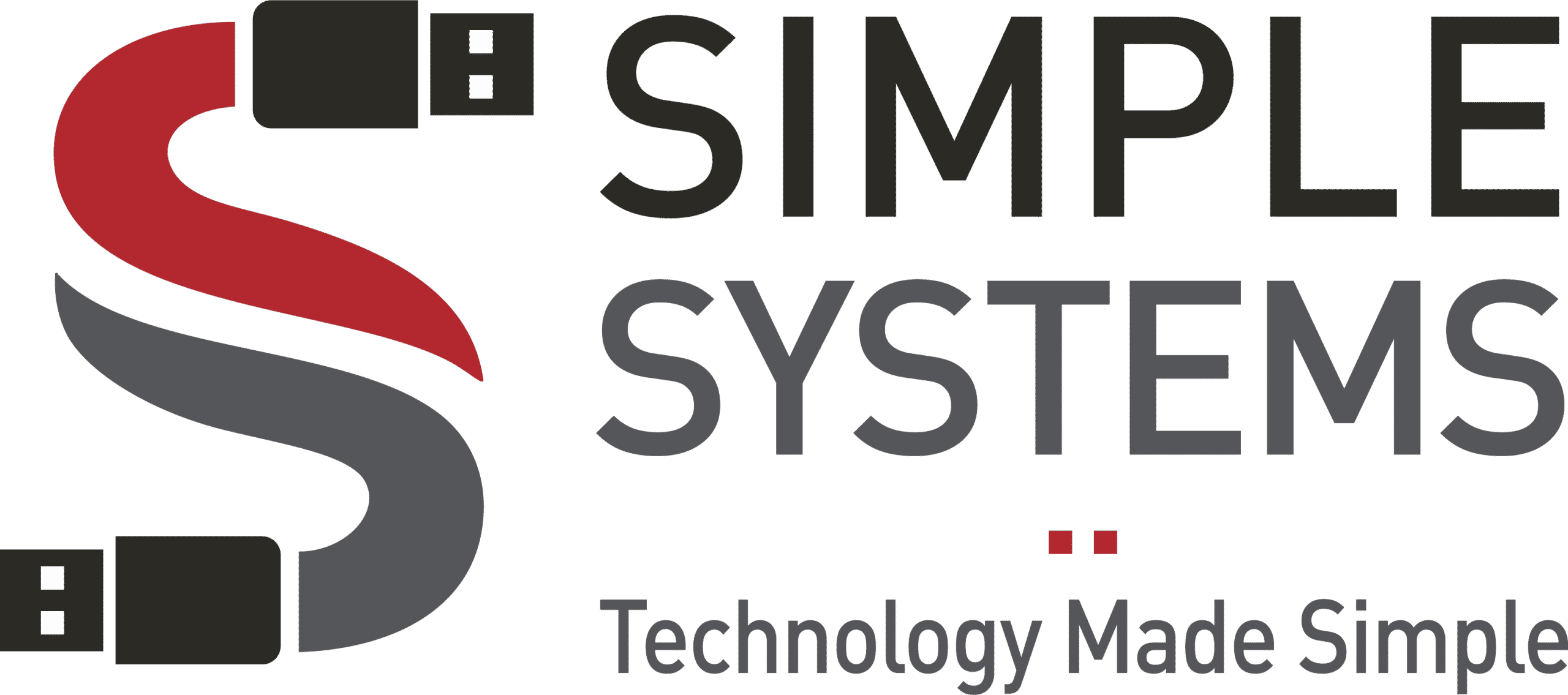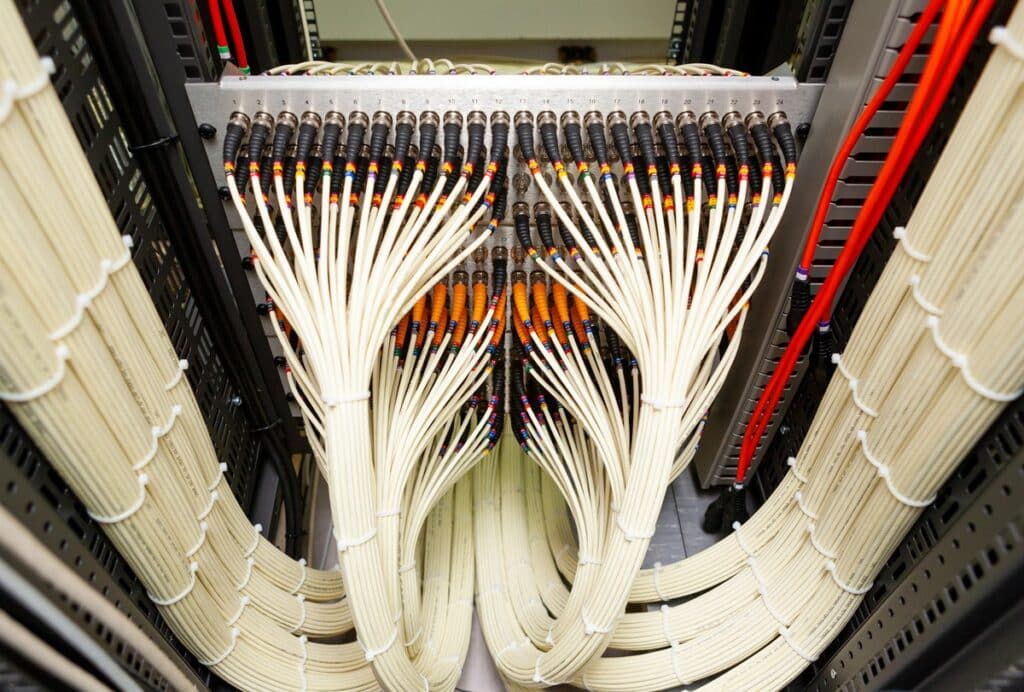Do you find yourself staring into a tangled mess of wires when your internet connection fails? Business cabling doesn’t usually become an issue until it’s a big one and your productivity suffers.
Even though it’s out of sight, out of mind, structured cabling is the backbone of connectivity and plays a crucial role in maintaining reliable communication, data transfer, and overall network performance.
What Is Structured Cabling?
Think of structured cabling as the highway system for your data. Just like well-planned roads ensure smooth traffic, structured cabling ensures your information flows without any hitches.
In more technical terms, structured cabling is a standardized system of connecting and organizing cabling infrastructure within a building or campus. It includes components like cables, connectors, and distribution panels, all working together to facilitate seamless communication across various devices and networks.
Components of Structured Cabling
Structured cabling allows for efficient data transmission and network reliability. Here’s what makes up your structured cabling.
Cables
Cables are the veins of your network, carrying data from one point to another. They come in different types—Cat5e, Cat6, Cat6a, and fiber optics—each offering varying levels of speed and bandwidth capabilities.
Connectors
Connectors are the interfaces that link different network devices. They play a vital role in maintaining signal integrity and ensuring that data is transmitted accurately.
Distribution Panels
Distribution panels act as the organizational hubs, where multiple cables converge. These panels help in managing and distributing data efficiently, making the network easier to maintain and troubleshoot.
Understanding these components is essential for grasping the full benefits of structured cabling. It’s not just about wires—it’s about creating a cohesive system that enhances your network’s overall performance.
How Does Your Business Benefit From Structured Cabling Services?
Rather than adding cabling to your to-do list, structured cabling services can bring you major benefits without the extra work on your part.
Enhanced Performance
Structured cabling systems are designed to minimize signal loss and interference. This ensures consistent and reliable network performance, which is essential for businesses relying on uninterrupted connectivity.
In the modern office, you have multiple employees working on cloud-based applications simultaneously. Without a robust cabling system, you could face frequent lags and disruptions. Structured cabling eliminates these issues, providing a smoother and more efficient workflow.
Scalability
One of the standout features of structured cabling is its scalability. It provides a flexible framework that can easily accommodate changes and expansions in network infrastructure.
Whether you’re adding new workstations, upgrading your server, or expanding to a new floor, structured cabling makes these transitions seamless. There’s no need for major overhauls—just plug and play.
Simplified Management
A centralized cabling infrastructure simplifies troubleshooting, maintenance, and upgrades. IT professionals can quickly identify and resolve issues without navigating through a tangled mess of cables.
This streamlined management not only saves time but also reduces operational costs. With organized cabling, businesses can focus more on growth and less on maintenance.
Future-Proofing
Structured cabling supports emerging technologies and higher bandwidth requirements. As your business grows and technology evolves, your network will be ready to adapt.
Investing in structured cabling is like buying a future-proof insurance policy for your network. It ensures you’re always ready to integrate the latest advancements without significant disruptions.
Improved Aesthetics
Neat and organized cabling installations improve the overall appearance of IT environments and enhance workplace safety. Nobody likes seeing a mess of tangled wires—it looks unprofessional and can be a hazard.
With structured cabling, your workspace will not only function better but also look cleaner and more organized. It’s a win-win for both efficiency and aesthetics.
Compliance and Standards
Structured cabling adheres to industry standards and regulations. This compliance ensures that your network meets all necessary guidelines, reducing the risk of legal issues and penalties.
By following standardized protocols, businesses can also ensure interoperability with other systems and products. This makes it easier to integrate new technologies and solutions into your existing network.
Simplify Your Network With Simple Systems
It’s in the name! Our team at Simple Systems understands the complexities of modern networking and takes pride in providing reliable, efficient, and future-proof structured cabling solutions. Our experienced technicians ensure your network is designed, installed, and maintained to the highest industry standards.
Don’t let messy cabling hold back your business’s potential. Get in touch with us today and let Simple Systems simplify your network.


